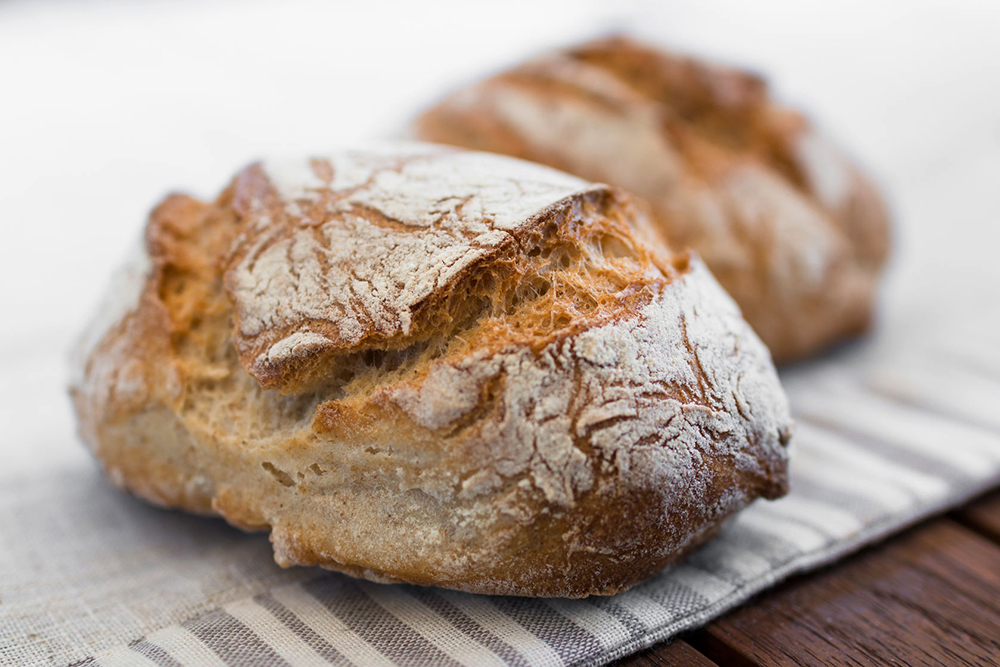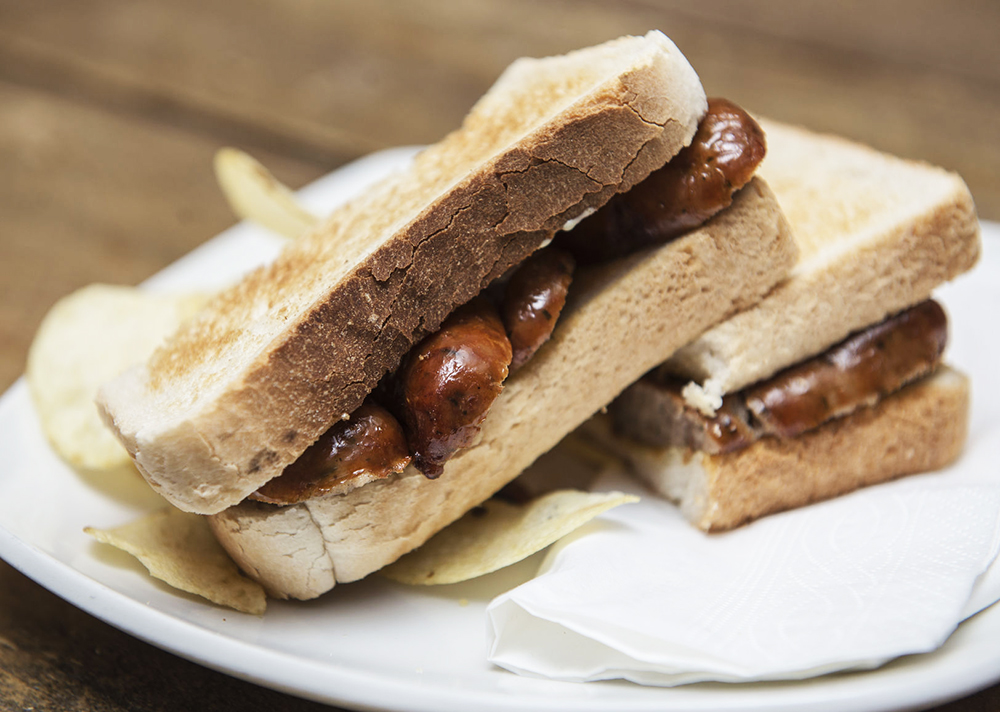When it comes to sausage, it most probably conjures up the image of the heavily spiced version known and used in our country. It’s a real “heavy” foodstuff which one doesn’t simply cut a few rounds off to add in a sandwich. Let’s forget about this variant for the time being and instead of the typical Hungarian sausage, we shall focus more on grill sausages for cooking purposes, which are the perfect ingredient for a real English breakfast treat, the simple, yet grand sausage sandwich.
The Guardian compiled all the factors one must consider in order to make the most of this, otherwise rather common delight. So let’s take a look at some good advice for a truly hearty breakfast.
The essence: the sausage
Naturally, this is the most important ingredient. One thing must be made clear: the price of sausage doesn’t necessarily depend on how delicious it is. Cheap sausage isn’t necessarily poor sausage, just as the most expensive, gourmet products can still taste awful. What counts is to purvey the meat with the best price-quality ratio. The sausage should ideally be from domestic, free range pork. The best solution is to purchase from local producers instead of going to the supermarket. A little effort pays off, once you have a bite of your tasty sandwich.
Since sausage sandwich is usually eaten for breakfast, let’s stick to simple flavors. 85-90% of the ideal sausage consists of pork, particularly fatty parts. This is mixed with some salt, pepper or possibly a bit of sage. That’s all that’s necessary. More flavor than that would simply overload your taste buds. At this time of the day, we prefer milder flavors over strong, paprika-heavy sausage.
The bread
Although bread is an important ingredient, it only plays a supporting role with the sausage. Save your rustic, nut-filled breads and other specialties for a different occasion. These would only distract us from the star of the sandwich, the sausage. What we need here is simple, white bread: soft and fresh. It can be traditional, homemade bread or even sliced sandwich bread. However, make sure you get square-shaped bread – round rolls, ciabatta or bagels and crescents are hard to evenly fill with substance.
The essence of the sandwich lies in the contrast of roughly chopped sausage and light, soft bread.
Baguettes aren’t suitable for this purpose either since they have a crunchy and relatively thick crust, which would only hinder your work. You would have to fight a serious battle with the crust to make it to the meat while the juices could easily end up flowing over you. Doesn’t sound too dreamy, does it? You don’t want to have skirmishes with our food in the morning, but rather enjoy a light bite to eat.

Assembly
Take two, approx. 1 centimeter-thick slices of bread. The ratio of the bread and sausage should be even or perhaps with slightly more sausage. Generously butter the bread. Thanks to the heat of the sausage, this will melt into the bread.
Fry the sausage in a pan (three or four pieces are required, depending on its size) and then cut them up lengthwise. This way, every bite of sandwich will include some sausage and the sandwich will be more stable, making it easier to eat.
Once everything is in place, squeeze the sandwich together to make it more compact.
Sauces, dips and other accessories
Therefore, the focus is on the sausage and its taste is what we seek to highlight. This means that whatever extra dip or spice you choose to add should only be used in moderation! This can include some tomato sauce if you like sweeter tastes or perhaps some caramelized or fried onions. Add some sliced cabbage if you’re looking for a slightly fresher taste. There is no need to add anything else.
Use sauces with care, particularly spicy or hot types like BBQ sauce or mustard can be too much for breakfast. Yet naturally, that’s all a matter of taste.







Write a comment
To write a comment you should sign in to with your account